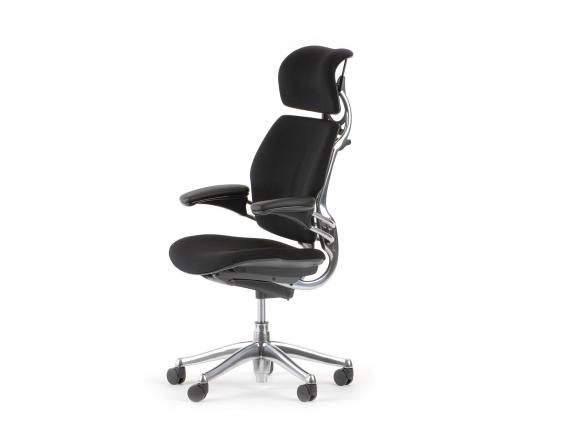Desk job can be very dangerous for your health if you are not sitting in the right position. Instead of sitting continuously, you may consider alternate standing and walking activities during breaks. Here are some effective tips while you are selecting your office chair.
Check Position: You must try to sit as much close as possible towards your desk. Make sure that your upper arms remain parallel to the spine and your hands are resting on a surface. Your legs must be bent with your knees at 90 degree angle. You can adjust the height of your office chair if it is not providing you with 90 degree angle with your elbows also. You can take a few breaks by getting up or stretching during your office hours.
Keep Feet at Rest: If your office chair is too high and the height is not adjustable, make sure your feet are not hanging off the ground. You can use a footstool for resting instead of keeping them hanging throughout the day. Footstool can be beneficial for decreasing the pressure on your feet and also removes the pain after an entire day.
Never Sit High: You should never sit very high during your desk jobs. Ankle swelling problems can arise at the end of the day for an average person from 6 to 8 percent. If you are a patient of circulation problems in your leg or back, you can even experience a swelling of 10 to 15 percent. The most suitable height of the seat ranges from 16 to 21 inches from the ground level. While selecting the perfect computer chairs, you can do a simple test. Just try to slide a finger under the thigh at the front end of the chair. If the width space between the chair and the thigh is less than a finger, the chair is very high. If the finger easily sets within, you can be sure of its height.
Raise Your Work Surface: If you are very tall and there is more width space between the thigh and the chair than one finger, you can think of raising your work surface at a good height. After increasing the height of your workspace, you can adjust the height of your chair also. This will decrease the strain on your back.
Back Support: When you are looking for the ergonomics chair, the back rest must be your actual focus. A good chair with proper back support will provide an angle of 90 degrees including the proper cushioning. To minimize the strain on your back, the lower back support is very essential. The ideal width of the chair can be within 12 to 19 inches.
Adjust Armrest: To reduce your shoulder and neck strain, the armrest plays a very important role. While you are adjusting the armrest, make sure they are lifted towards the shoulders. This will provide rest to your elbows and can take the weight off your shoulders.
Watch Your Screen: After you have adjusted both the desk and the chair, it is the high time that you adjust the height of your screen in front of you. At first keep your eyes closed casually and then open it. At the first gaze, you must be able to focus on the center of the screen. If it is not the case, try adjusting the screen accordingly. If you are working on the laptop and needs to raise its level, try some stacks of books beneath it.
After making all the above changes in your sitting posture, you can feel more comfortable. This can also help in preventing many types of blood circulation diseases, back pain, shoulder pain, leg or knee pain, ankle swelling and many other hazardous diseases.

